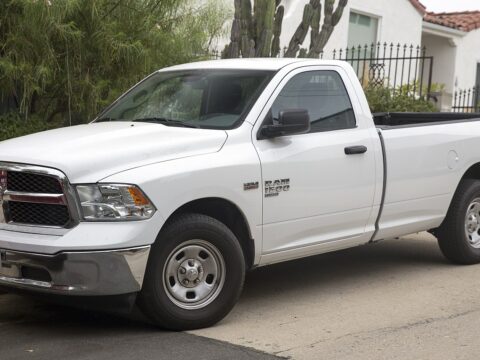Electric vehicles have come a long way, but not all models have hit the mark. In this article, we explore 20 electric cars that, despite their initial promise, fell short in various aspects. From limited range and poor performance to high maintenance costs and outdated designs, these vehicles highlight the growing pains of the electric car industry. Join us as we delve into the reasons why these electric cars didn’t quite live up to expectations.
Contents
BMW i3
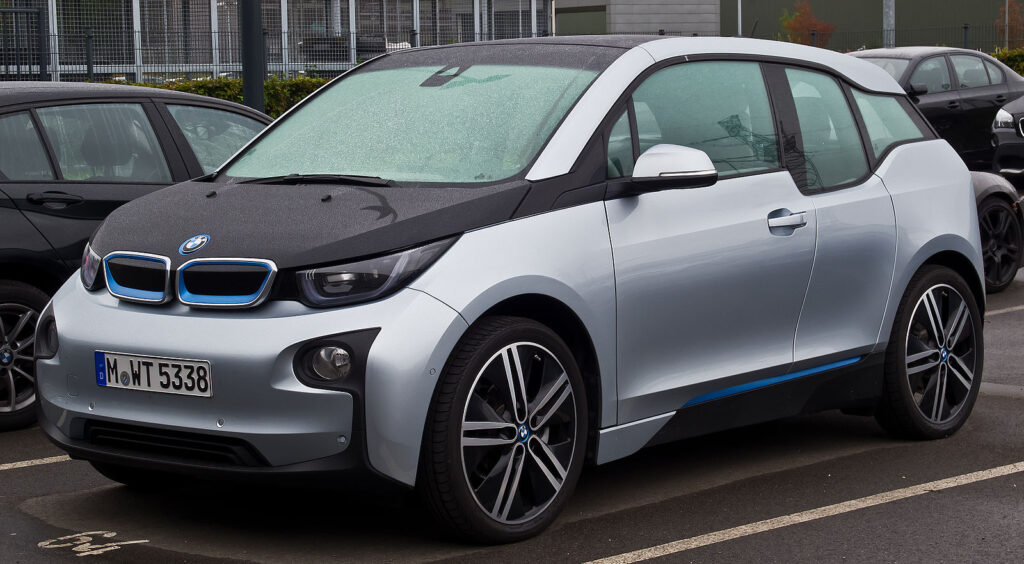
The BMW i3, despite its innovative design and premium badge, suffers from several drawbacks. Its small battery and limited range of around 153 miles (for the 2021 model) make it less practical for long-distance travel. The narrow rear seats and awkward rear-hinged doors also compromise passenger comfort and convenience. Customer reviews frequently highlight issues with build quality and high maintenance costs, which detract from its overall appeal.
Nissan Leaf (First Generation)
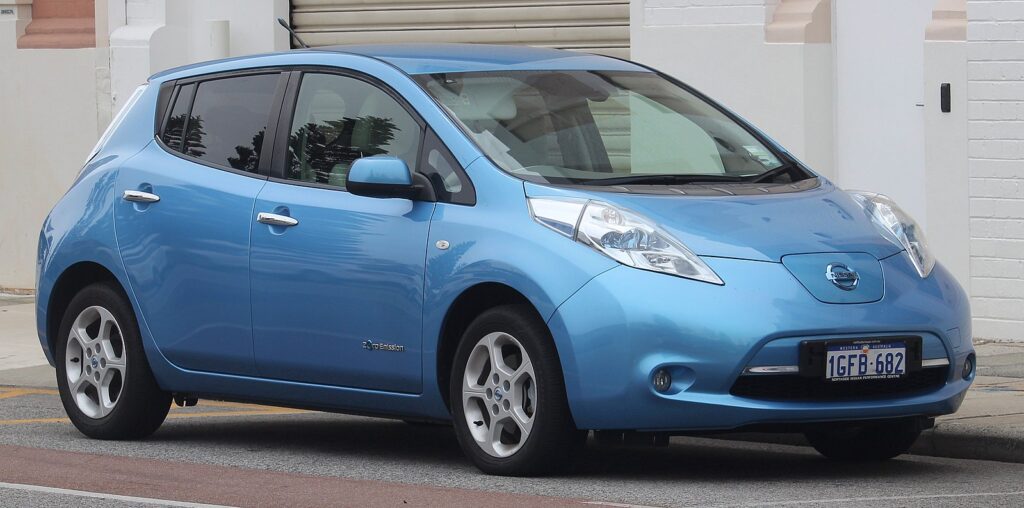
The first-generation Nissan Leaf, produced from 2010 to 2017, is plagued by rapid battery degradation, leading to significantly reduced range over time. Early models offer a limited range of about 73-107 miles, which quickly diminishes with age. The interior design feels outdated, and the lack of active thermal management for the battery exacerbates the degradation issue. Many owners have reported dissatisfaction with the car’s longevity and overall performance.
Mitsubishi i-MiEV
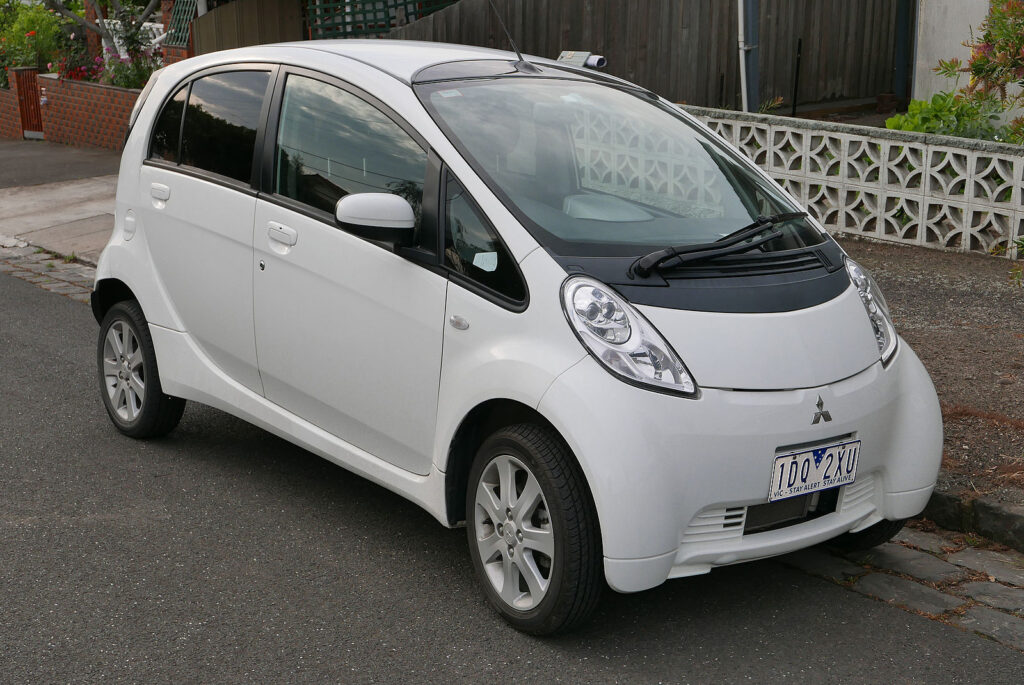
The Mitsubishi i-MiEV is often criticized for its uninspiring design, cramped interior, and poor performance. With a range of only 62 miles, it’s one of the least capable electric vehicles on the market. The car’s slow acceleration and limited features make it feel dated compared to newer EVs. Customer reviews often mention its lack of comfort, noisy cabin, and minimal cargo space, making it a poor choice for most buyers.
Fiat 500e
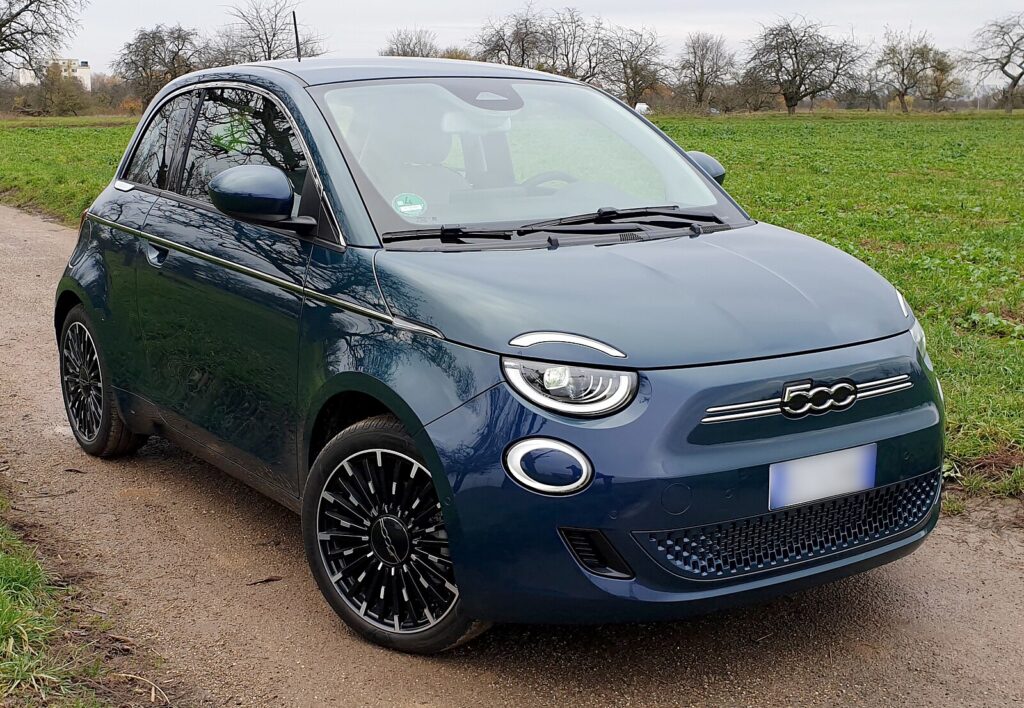
The Fiat 500e, while cute and compact, falls short in several key areas. Its limited range of around 84 miles and small interior space make it impractical for anything beyond short city commutes. The lack of fast-charging capability further limits its usability. Owners have reported frequent issues with the car’s electronics and overall reliability, making it a less desirable option compared to other electric vehicles in its class.
Smart EQ ForTwo

The Smart EQ ForTwo is a tiny electric car that struggles to meet the needs of most drivers. Its range of about 58 miles is one of the shortest available, severely limiting its practicality. The car’s two-seater design and minimal cargo space make it unsuitable for anything other than short urban trips. Customer reviews often highlight its rough ride, limited features, and high price relative to what it offers, making it a poor value proposition.
Chevrolet Spark EV
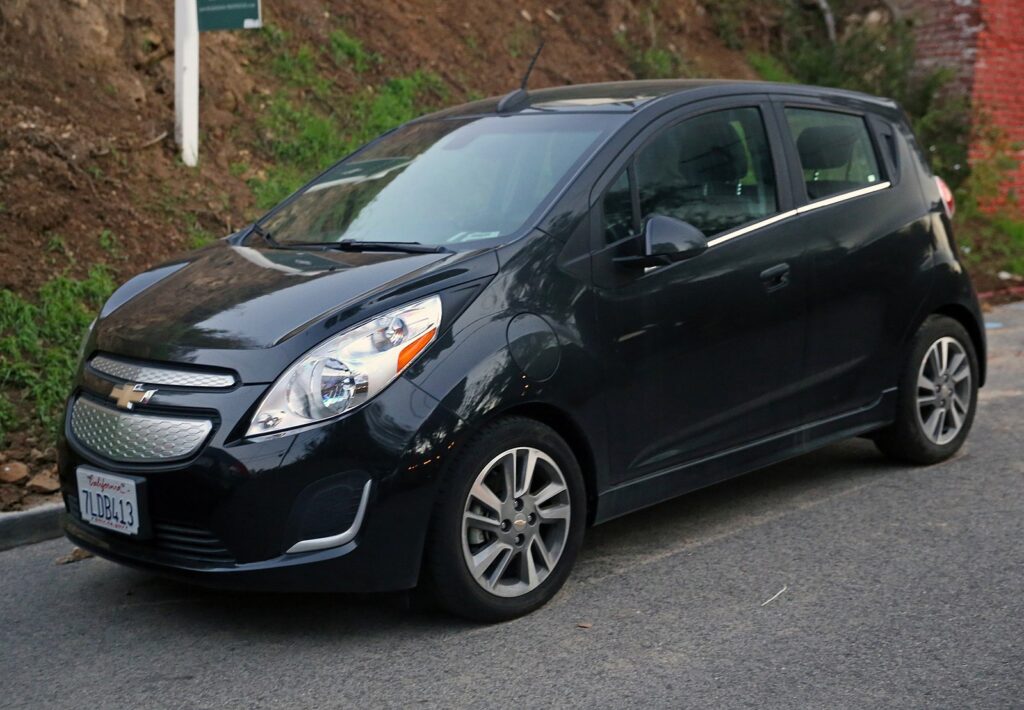
The Chevrolet Spark EV, produced from 2013 to 2016, is known for its limited range of around 82 miles and lack of refinement. The car’s small size and basic interior do not justify its relatively high price. Many owners have reported issues with the car’s battery life and overall reliability. Additionally, the Spark EV’s limited availability and lack of support from GM make it a less appealing choice for prospective electric car buyers.
Honda Clarity Electric
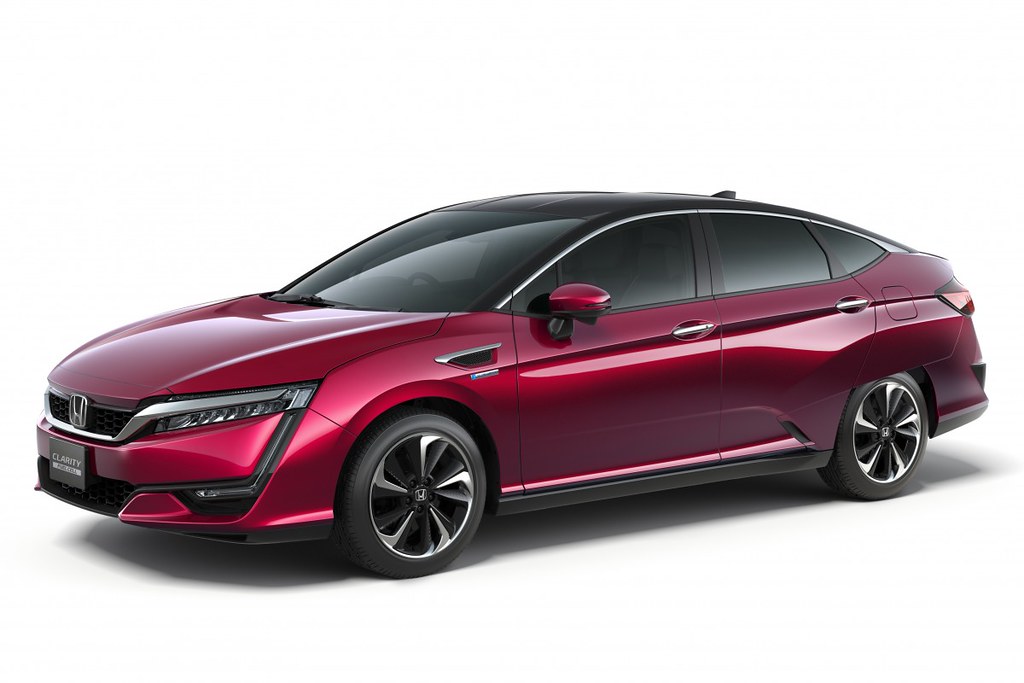
The Honda Clarity Electric, available from 2017 to 2020, suffers from a limited range of just 89 miles, which is significantly lower than its competitors. The car’s design and features feel outdated, and it lacks the performance and efficiency expected from modern electric vehicles. Customer reviews frequently mention disappointment with the car’s range, charging speed, and overall value, making it a less attractive option.
Mercedes-Benz B-Class Electric Drive
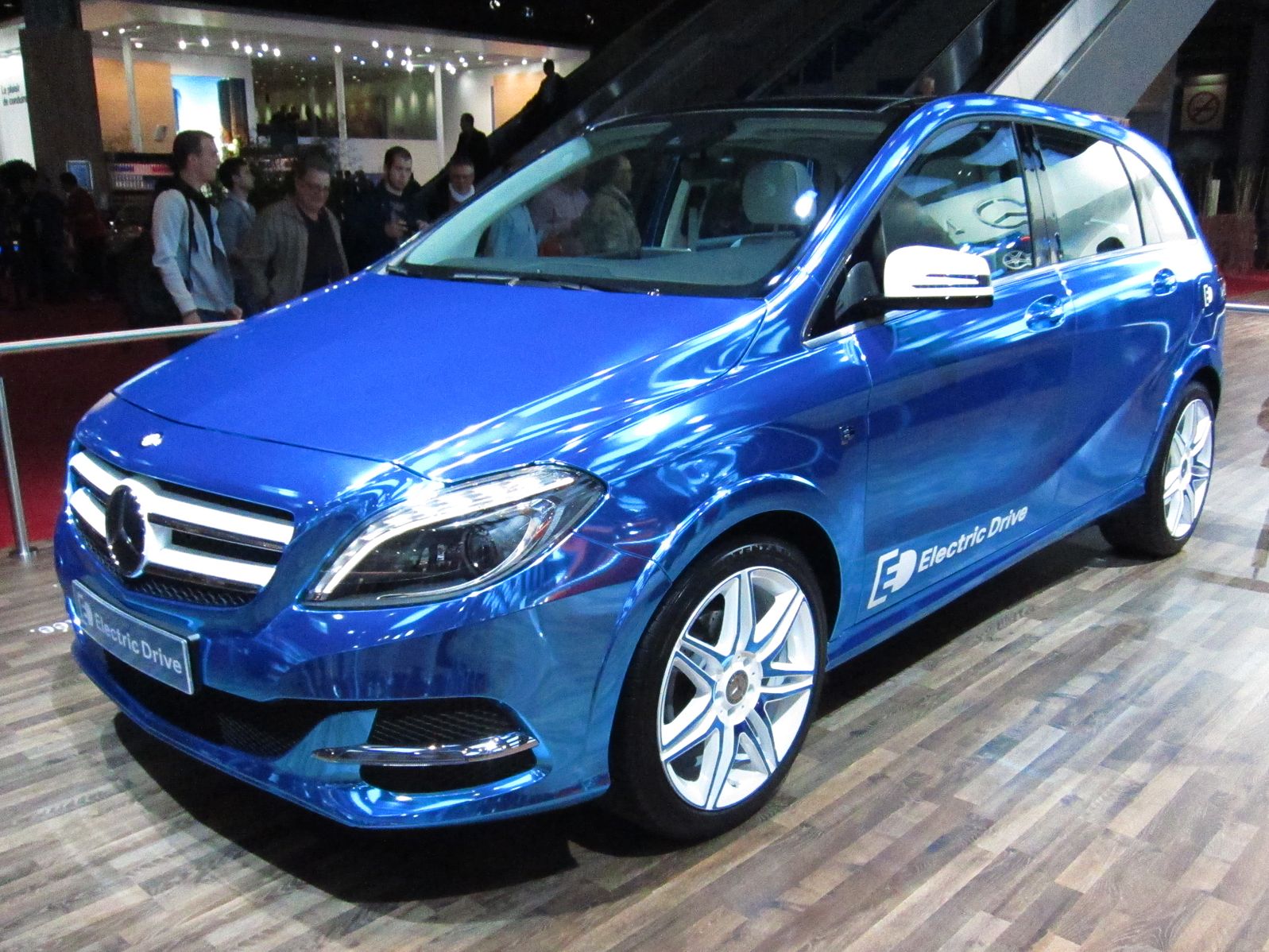
The Mercedes-Benz B-Class Electric Drive, produced from 2014 to 2017, offers a range of only 87 miles, which is quite limited for a luxury brand. The car’s design and interior feel dated, and it lacks the advanced features and technology found in newer EVs. Owners have reported issues with the car’s battery performance and reliability, leading to frequent trips to the service center. The high cost of ownership further diminishes its appeal.
Ford Focus Electric
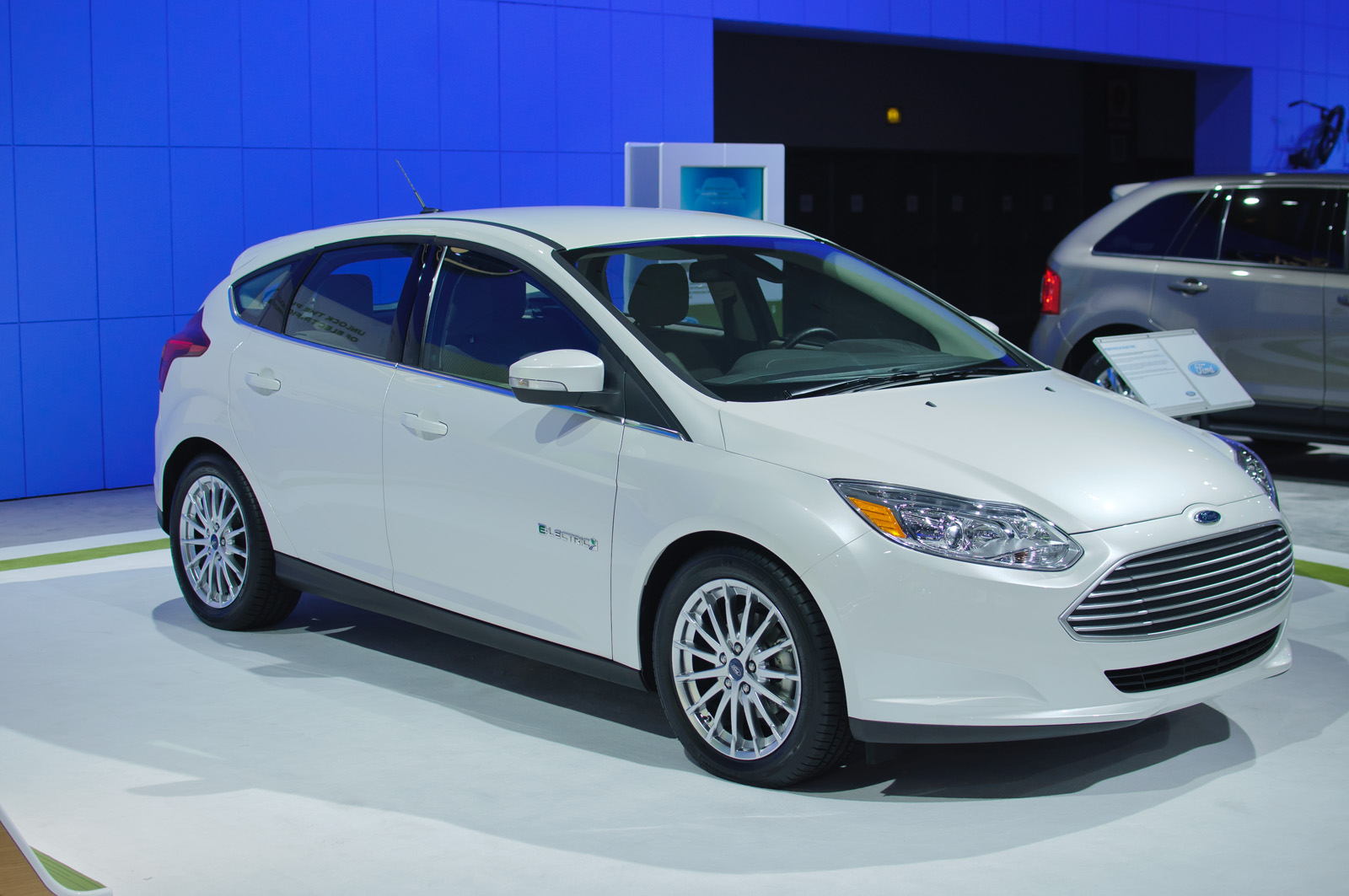
The Ford Focus Electric, produced from 2012 to 2018, struggles with a limited range of about 76-115 miles, depending on the model year. The car’s interior is cramped, and the cargo space is significantly reduced due to the placement of the battery pack. Many customers have reported issues with the car’s charging system and overall reliability. The lack of fast-charging capability and outdated technology make it a less competitive choice in the electric vehicle market.
Volkswagen e-Golf

The Volkswagen e-Golf, while well-built and comfortable, falls short with a limited range of around 125 miles. The car’s performance and features do not match up to newer electric vehicles in the same price range. Owners have reported issues with the car’s battery life and charging speed. Additionally, the e-Golf’s lack of advanced driver assistance features and high depreciation rate make it a less attractive option for long-term ownership.
Kia Soul EV (First Generation)
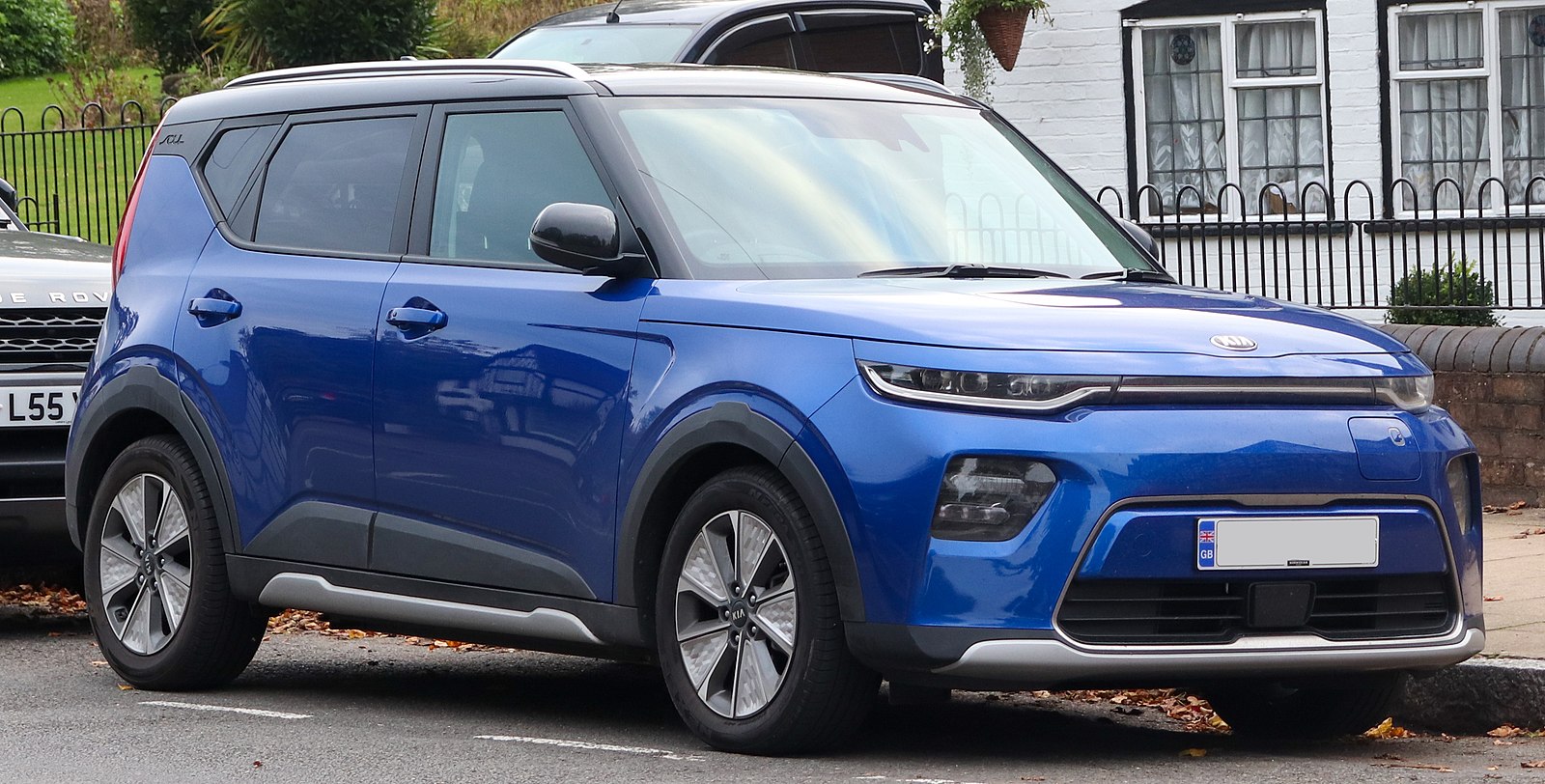
The first-generation Kia Soul EV, produced from 2014 to 2019, offers a range of around 93-111 miles, which is limited compared to newer models. The car’s boxy design, while practical, lacks the modern styling of other electric vehicles. Many owners have reported issues with the car’s battery degradation and overall reliability. The limited availability of fast-charging infrastructure further reduces its practicality for long-distance travel.
Renault Fluence Z.E.
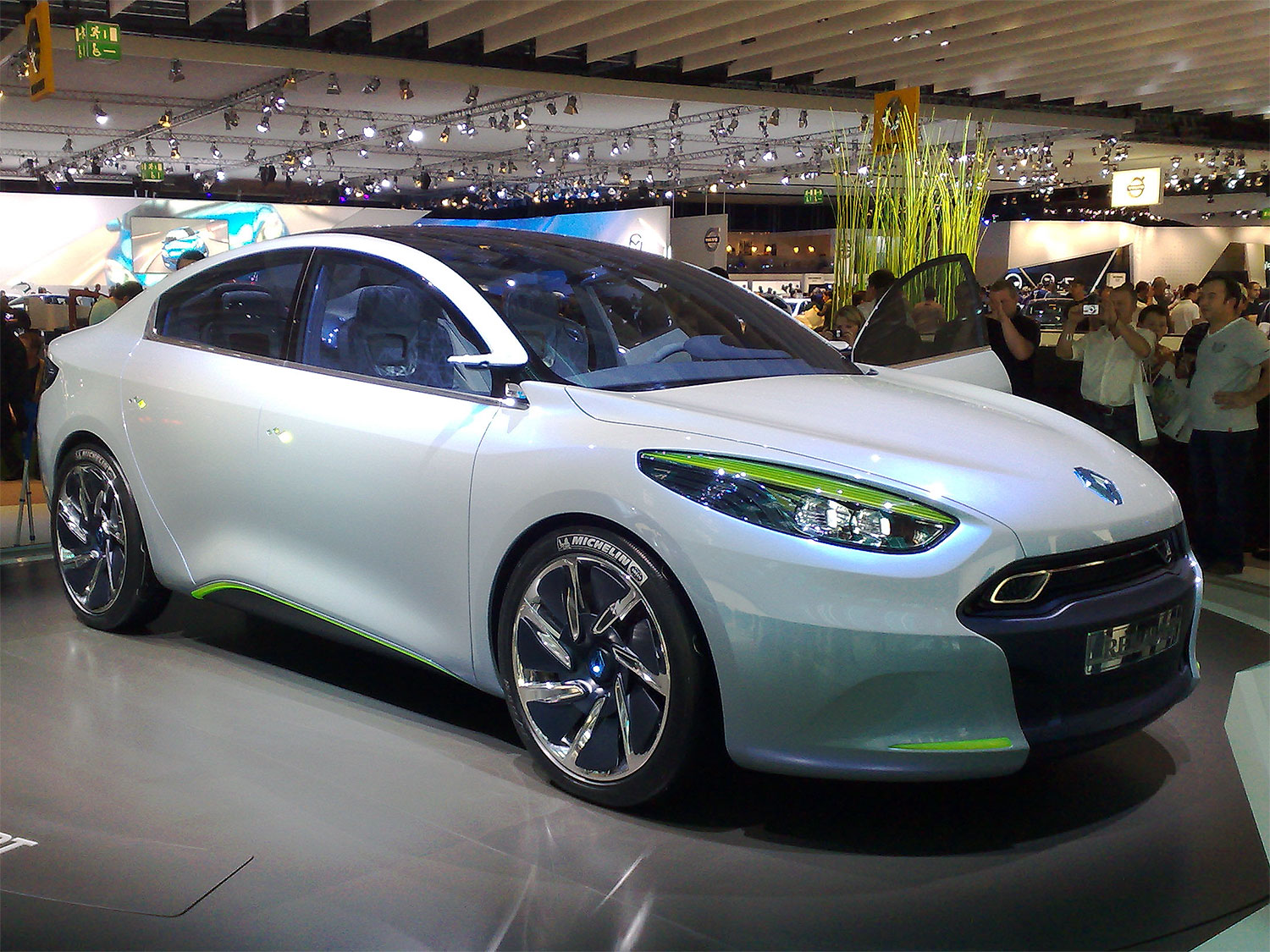
The Renault Fluence Z.E., produced from 2011 to 2014, suffers from a limited range of about 115 miles and outdated design. The car’s large size does not translate to a spacious interior, and the overall build quality is subpar. Owners have reported frequent issues with the car’s battery performance and reliability. The lack of advanced features and support from Renault make it a poor choice for those seeking a dependable electric vehicle.
Bollinger B1
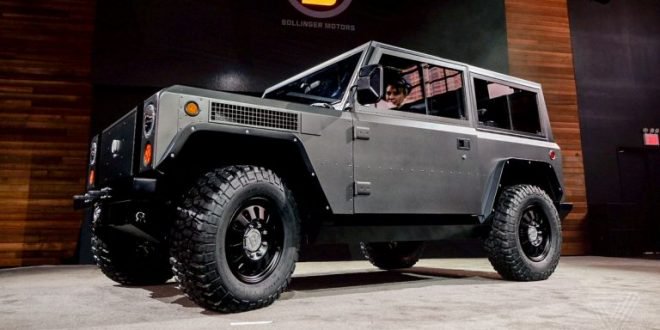
The Bollinger B1, while innovative in its design as an all-electric off-road vehicle, faces significant challenges. Its high price, estimated to be around $125,000, and limited range of about 200 miles make it impractical for everyday use. The B1’s boxy, utilitarian design lacks the refinement and comfort expected in a vehicle at this price point. Additionally, the limited production and support network raise concerns about long-term reliability and serviceability.
Mini Electric (First Generation)

The first-generation Mini Electric, produced from 2009 to 2010, was an early attempt at an electric vehicle that fell short in many areas. With a range of only 100 miles, it lacked the practicality needed for daily use. The car’s performance was underwhelming, and the limited interior space did not justify its high price. Owners frequently reported issues with the battery and overall reliability, making it a less desirable option in the electric vehicle market.
Coda Sedan
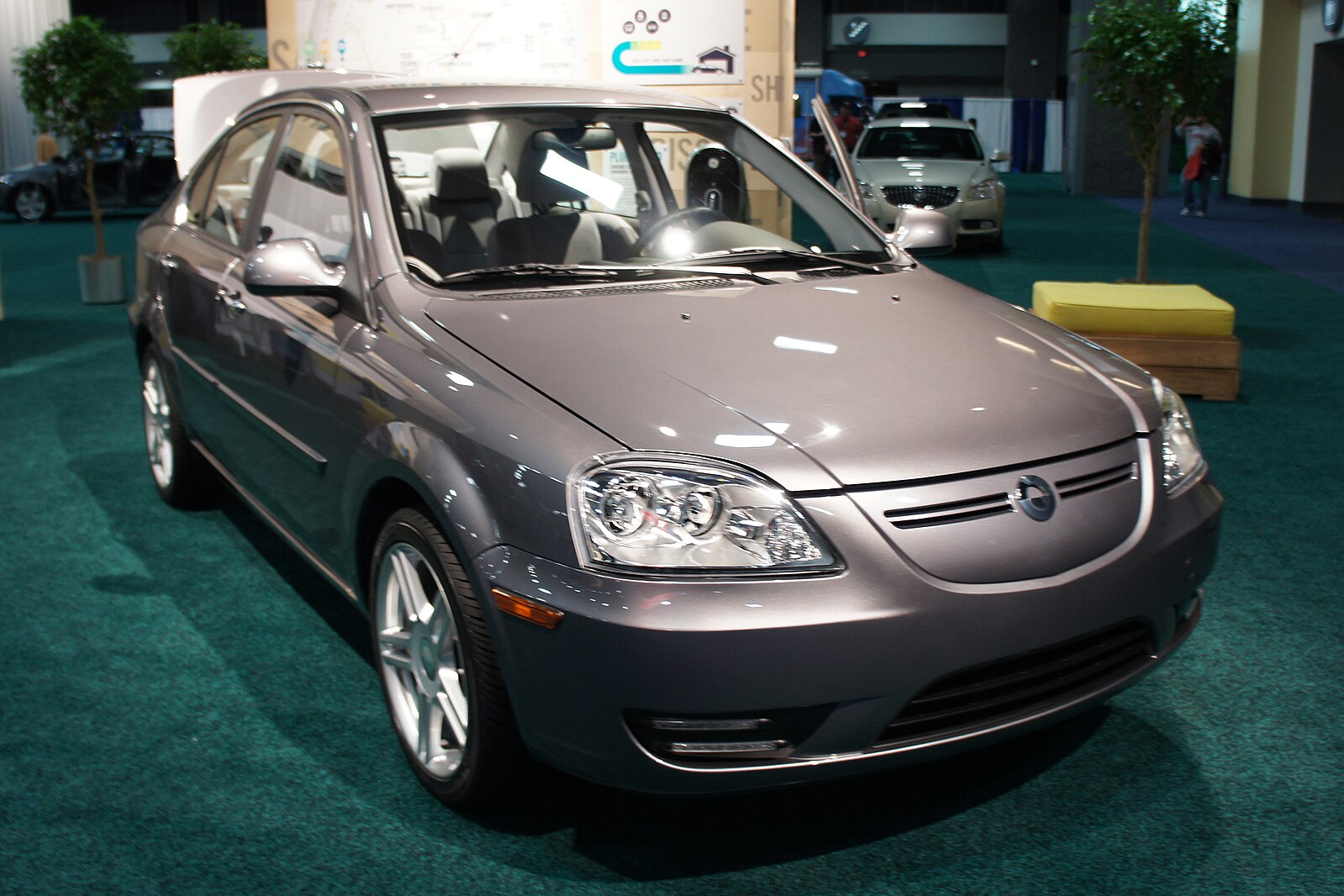
The Coda Sedan, produced from 2012 to 2013, is often criticized for its uninspiring design and poor performance. With a range of about 88 miles, it falls short compared to other electric vehicles of its time. The car’s interior is basic and lacks modern features, while the overall build quality is subpar. Many owners reported frequent issues with the car’s battery and electronics, leading to a poor ownership experience.
Fisker Karma
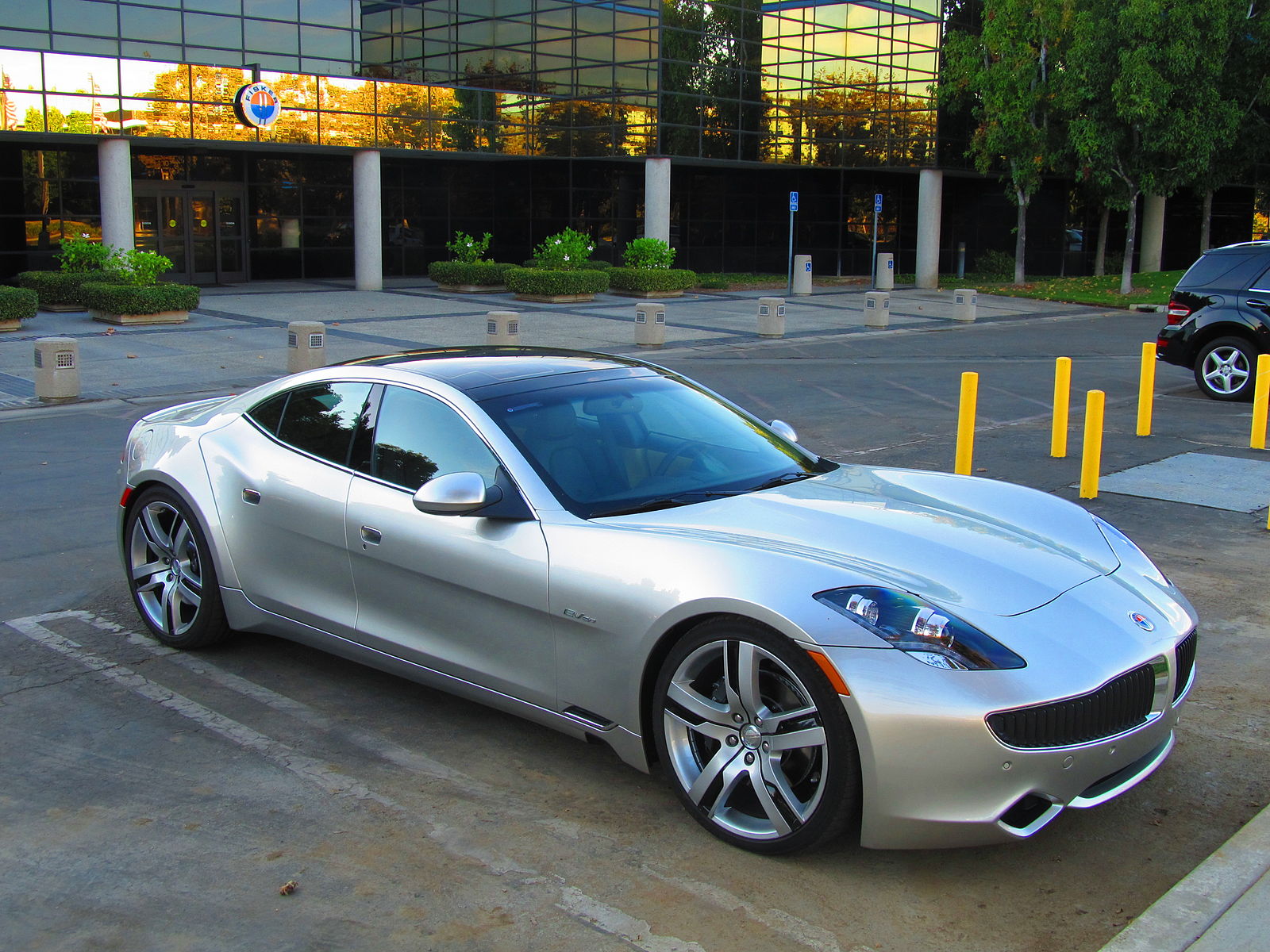
The Fisker Karma, produced from 2011 to 2012, is known for its striking design but suffers from numerous issues. Its range-extending hybrid system is complex and prone to failure, while the car’s electric-only range is limited to about 32 miles. The Karma’s high price, starting at around $100,000, does not reflect its reliability and performance. Owners have reported frequent issues with the car’s battery, electronics, and overall build quality, making it a risky purchase.
Mahindra e2o

The Mahindra e2o, produced from 2013 to 2016, is a compact electric car with a limited range of about 75 miles. Its small size and basic design make it suitable only for short city commutes. The car’s performance is underwhelming, and the lack of advanced features makes it feel outdated. Many owners reported issues with the car’s battery life and overall reliability, making it a less attractive option compared to other electric vehicles.
Tata Tigor EV
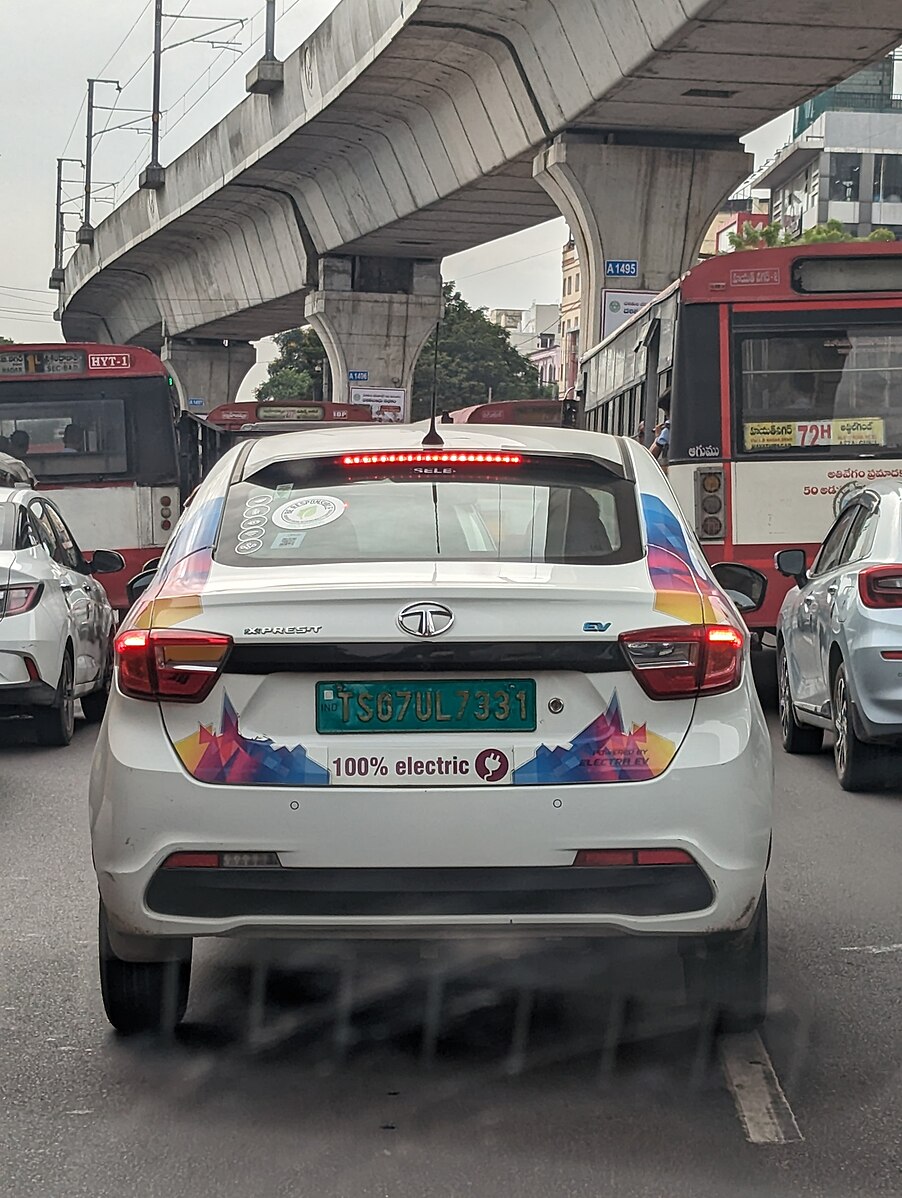
The Tata Tigor EV, despite being an affordable electric car, suffers from several drawbacks. Its limited range of around 100 miles makes it less practical for long-distance travel. The car’s performance and features do not match up to other EVs in its price range. Customer reviews frequently highlight issues with the car’s build quality, battery life, and lack of modern amenities, making it a less appealing choice.
BYD e6
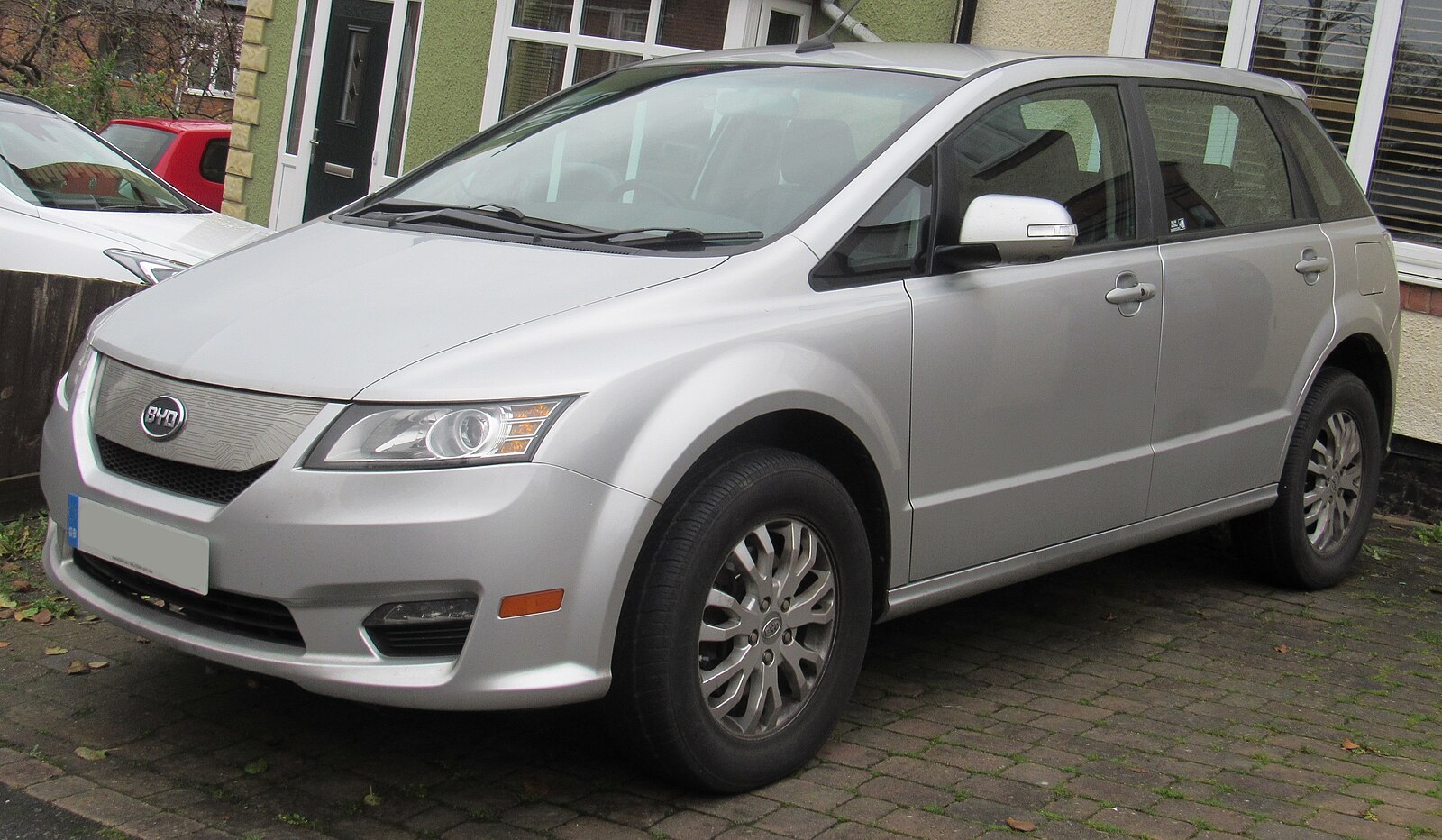
The BYD e6, produced from 2010 to 2020, is often criticized for its uninspiring design and poor performance. With a range of around 186 miles, it falls short compared to newer electric vehicles. The car’s interior is basic and lacks modern features, while the overall build quality is subpar. Many owners reported frequent issues with the car’s battery and electronics, leading to a poor ownership experience.
G-Wiz (Reva)
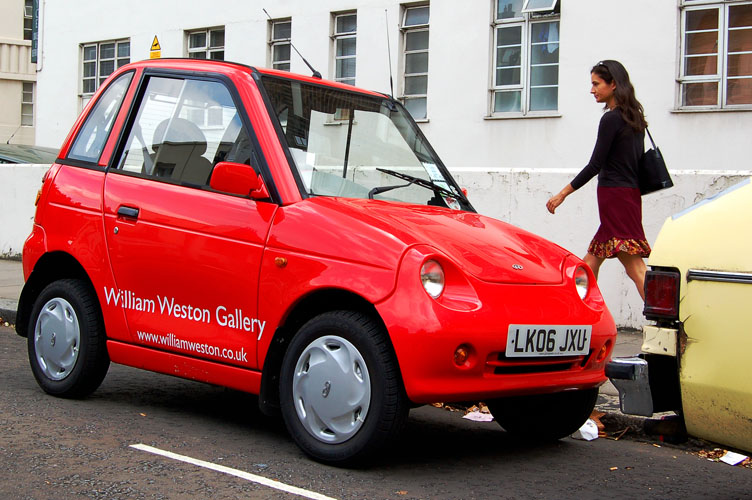
The G-Wiz, also known as the Reva, is a small electric car produced from 2001 to 2012. It is often criticized for its poor safety ratings, limited range of about 50 miles, and basic design. The car’s performance is underwhelming, and its small size makes it impractical for most drivers. Customer reviews frequently highlight issues with the car’s reliability and lack of comfort, making it a less desirable option in the electric vehicle market.
This article originally appeared on MyCarMakesNoise.
More from MyCarMakesNoise
20 Underrated Trucks with Exceptional Capabilities
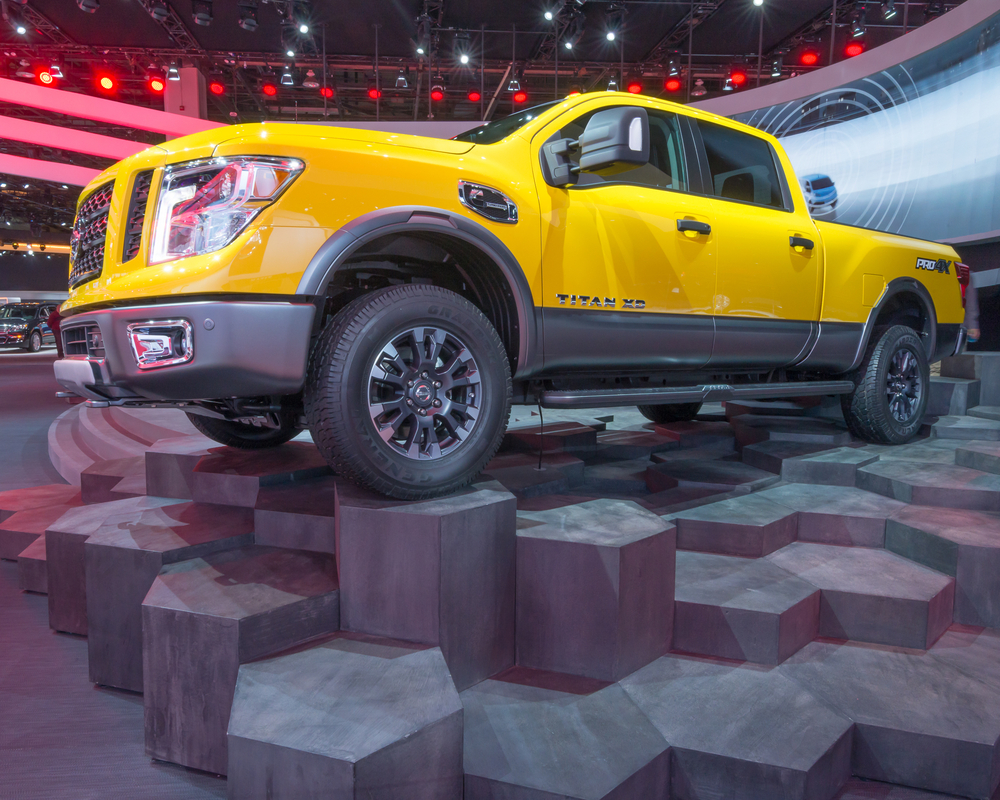
These underrated trucks offer exceptional capabilities, from towing and hauling to off-road performance and everyday practicality. Read More.
Ducati`s 16 Most Famous Motorcycles and Their Performance Records

From groundbreaking designs to unmatched performance on the track, Ducati’s bikes have left an indelible mark on the motorcycle industry. Read More.
Top 10 Amphibious Vehicles for Land and Water Operations

From sleek sports cars to rugged all-terrain vehicles, here are the top 10 amphibious vehicles that excel in both land and water operations. Read More.



